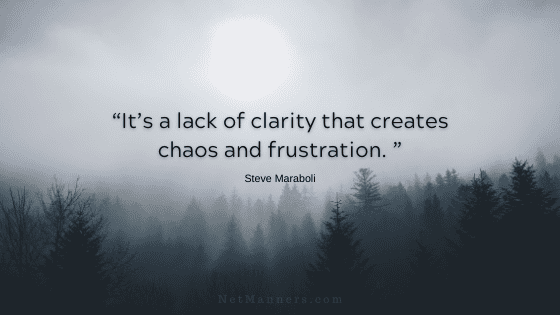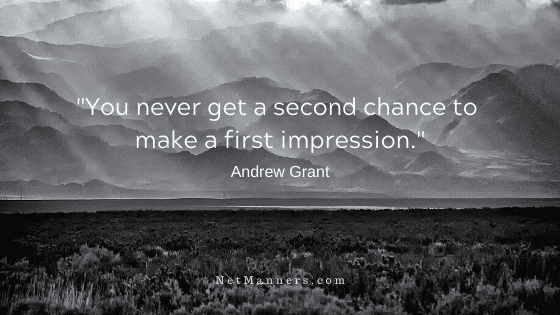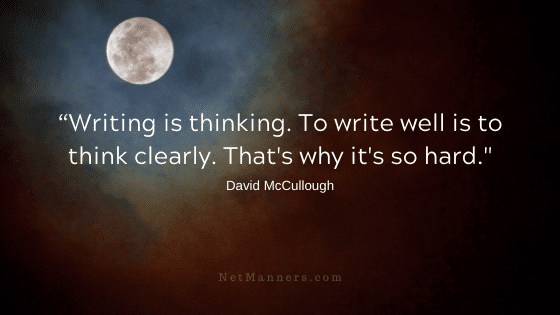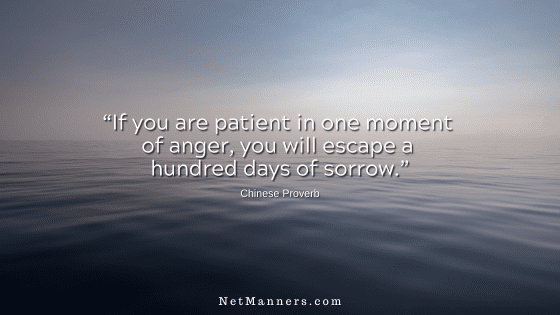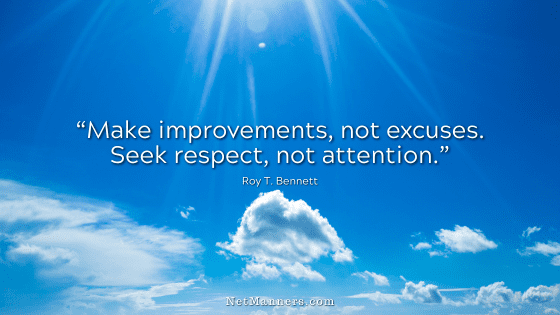Don’t Accuse and Assume in Email and Social Media
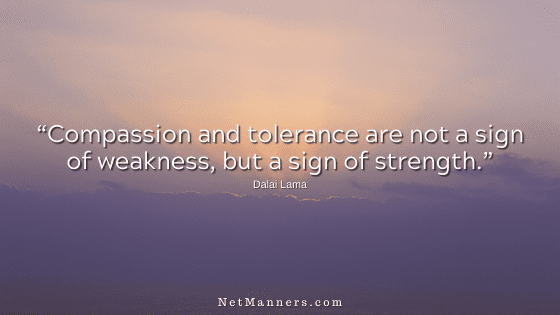
It appears that stress levels are at an all-time high nowadays. Many have different priorities based on their situation or circumstances, and we don’t know what folks are going through. That is why more than ever, it’s time to give the benefit of the doubt and take a deep breath before reacting.
Email makes it much easier to make accusations or assumptions. And folks jump to type a comment at the spur of the moment without thinking through how their message may be perceived. Then add that social media has become a platform for shouting matches between friends and strangers alike, and we have a lot of typed misunderstandings going on.
It is common to receive emails or see posts that contain comments based on the sender’s perspective. In some cases, remarks or claims that we know the very same users would not say face-to-face. More often than not, we fail to consider the human being on the receiving end.
Behind these screens, it is easier to type whatever comes to mind because you don’t have that eye contact or person sitting in front of you to deal with their reaction. It’s painless — until it isn’t.
Anonymity is Not an Excuse
Being anonymous is no excuse for typing things you wouldn’t usually say if you were face-to-face. Unfortunately, there’s a lot of that happening in emails and social media. And it isn’t productive.
Rule of Thumb: If you would not communicate that way face-to-face, don’t do it online in texts or emails. Also, consider how you would appreciate a little courtesy in communications that are directed at you.
Many things are going on in the background that emailers are unaware of, which can cause delayed emails, bounces, off-the-cuff fast responses, or a lack of response. You just don’t know their schedule, connectivity, or what they may be going through—all things that can cause stress in communications.
Assuming intent or meaning in emails can lead to misunderstandings and strained communication. Here are practical tips to help you avoid this:
By staying grounded in the actual content and seeking clarity when needed, you can minimize miscommunication and maintain professional interactions. And that’s a good thing!
Emotions Run High
It is easy to vent your frustrations about a situation, point fingers unnecessarily, and demand a response or outcome via email or social media. Many people view email and social media as a means to vent without considering how the other person may feel or what they are going through.
When faced with a potential emotional misunderstanding, unless you are an expert on the issue and experienced enough to know all the variables backing up your point of view, don’t accuse or assume. Instead, ask kindly and gently for clarification.
Just Don’t Accuse or Assume
If I do not receive a response to an inquiry, I don’t assume or accuse. Instead, I ask for more details if I don’t understand the tone or rationale. I send a follow-up to confirm whether the party had received my original request. I also include a comment asking if everything is okay.
Often, jumping to conclusions only exposes your lack of knowledge, understanding, or compassion to extend courtesy in any given situation. Type unto others as you would have them type unto you.



